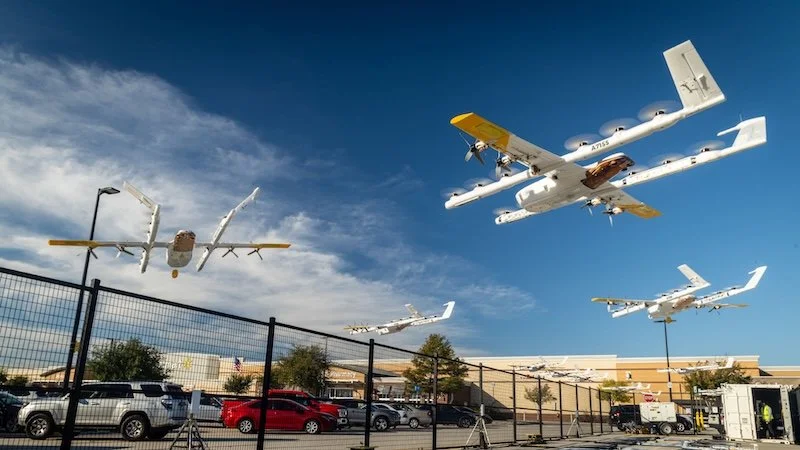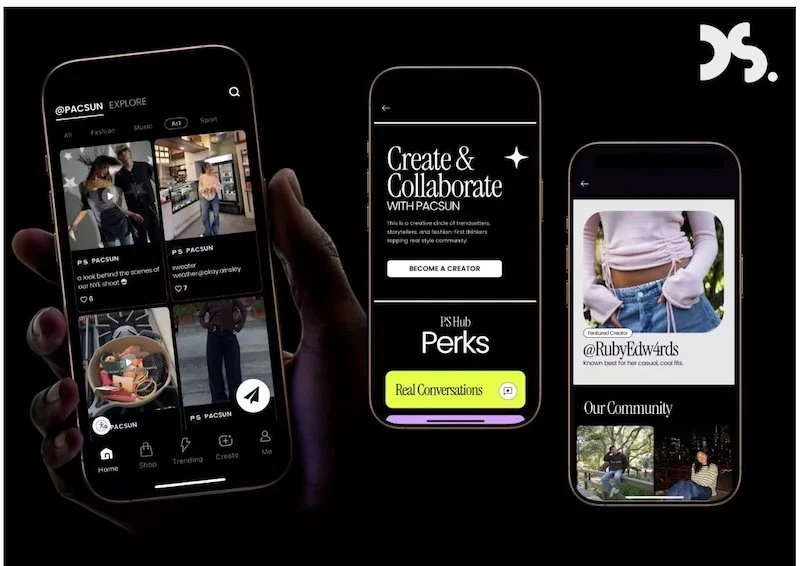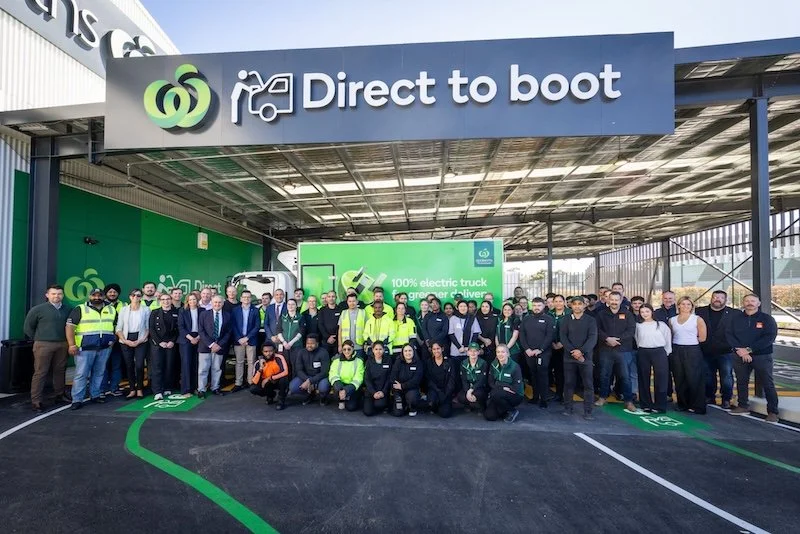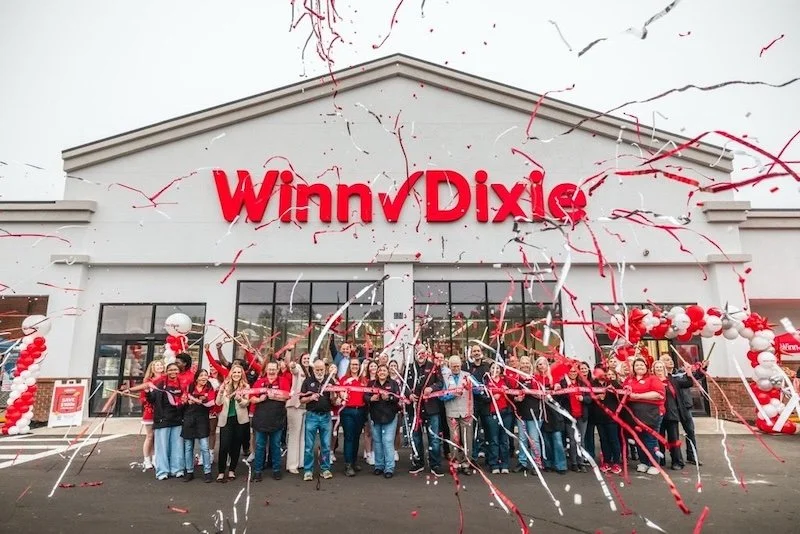Are video analytics becoming too intrusive? What the IP data can tell us…
By Ray Chohan, SVP, Corporate Strategy, PatSnap
Analytics is how organisations extract value out of the vast amounts of data they collect. For retailers that is no different, and the wealth of information they can obtain from their customers and their shopping habits can add immense value to how they run their businesses. The advent of analysing video just adds another stream of data that can be analysed to inform their business decisions.
The use of analytics in retail has sometimes been given a bad reputation – the intelligence gathered can give some incredible insight about people, and that in turn has contributed to its perception as an invasive technology. A famous example was when Target’s analytics technology was so accurate about human spending behaviour, that it managed to detect that a teenage girl was pregnant before she’d even told her own father. It’s been claimed that the analytics could even detect the due date of a baby well ahead of time just by analysing the products bought.
Through PatSnap’s analytics platform, we can see through the global patent landscape that innovation in retail video analytics really took off in 2007 and 2008, and has been going strong ever since. There are a number of companies filing patents in this area of research & development – IBM is the most active, followed by Tyco, Walmart and Intel. Target also features in the top ten organisations, meaning that two of the leading innovators in retail video analytics are the retailers themselves, not just the technology companies.
Interestingly, when we take a closer look at Walmart, it is actually looking to use video analytics to support its other technology endeavours. For example, earlier this year it published a patent for a robotic retail assistant – essentially a self-driving trolley. The patent describes how Walmart envisions using centralised video analytics to determine, for example, when a cart is full, so that it can then be commanded to move to another area. It claims that this could have applications as a disability mobility platform, a grocery cart, a pallet, or even a child-carrying platform.
Another reasonable application of video analytics in-store might be for detecting and responding to potential threats. A patent filed by Target in 2013 describes a method for responding to threats such as theft or vandalism. Target describes the video analytics as assisting in real-time video monitoring for thefts or other suspicious activity.
Another Target patent published in 2015 defines the concept of using video analytics to improve the motion tracking functionality of a surveillance camera. Traditionally, motion tracking cameras might move to follow an object in its line of sight, but not enough to ensure it has the best view possible. This use of video analytics in this case would give the motion tracking capability of CCTV cameras much greater intelligence to ensure it is best fulfilling its functionality as a surveillance system.
As we can see from these examples, there are plenty of non-invasive applications for using video analytics in the retail environment. This technology does not necessitate that it be used to exploit the consumer, but instead showcases the sheer breadth of innovative potential for the future of retail, and how it can be used to optimise and improve the shopping experience, while making it safer for customers.










Continue reading…